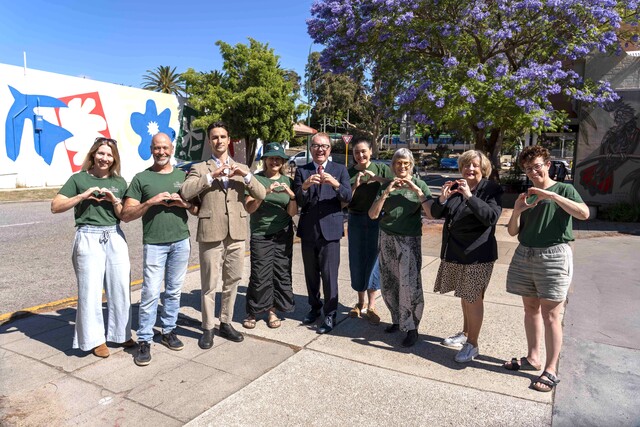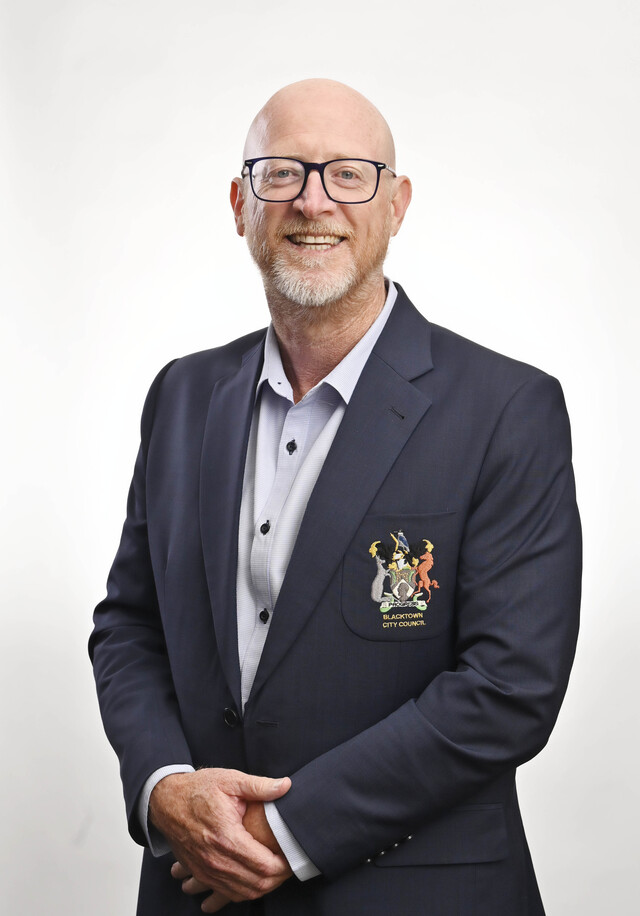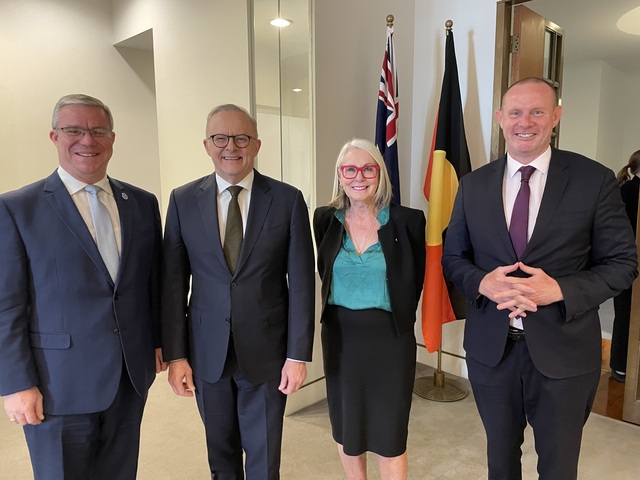Roebourne is the oldest town in the north west of the State. Cossack, located at the mouth of the Harding River, was its port. A service centre for pastoral activities, the dominant industry until the 1960s, Roebourne currently has a population of 1,200 people.
With the mineral boom in the 60s and 70s, Hamersley Iron established the then closed town of Dampier. Dampier is currently Australia’s largest tonnage Port, with Port Hedland handling the second largest tonnage of all ports around the nation.
In 1969, the Town of Karratha was established. Now the service centre for Roebourne Shire, it has a population of just over 10,000 residents.
Roebourne and Karratha provide an interesting mix of the old and the new. Roebourne has many charming heritage buildings from last century, while Karratha is an excellent example of a carefully planned, modern, vibrant township. The Shire has a very beautiful coastline.
The many islands forming the Dampier Archipelago are of great environmental significance. Deliberating over a $20 million budget and a staff of 105, the Shire’s 11 Councillors constantly look at ways to improve the lifestyle and prosperity of its residents.
This represents a considerable challenge in a region where the high cost of living means simple things such as petrol can cost as much as 90c per litre, and temperatures range from 48°c in summer to a cool 25°c in winter.
Council’s airport receives 53 flights per week and, in October, 100 seater 737 jets will commence daily flights. The current $5 million upgrade of airport facilities will assist in catering for the increasing number of commercial and tourist journeys in and out of Karratha.
With five major towns, Roebourne Shire must ensure it provides the services expected by all sections of the community.
A community consultation process is underway to gauge support for a $12 million upgrade of recreation facilities at Bulgara Oval. This proposal includes the construction of an eight lane, 50 metre partly enclosed swimming pool. An important player in this consultation process is the Shire’s Junior Council.
Representatives elected from the Shire’s three secondary colleges are currently assessing support for the above proposal among the Shire’s younger people. The key question being put is, should the Shire construct one top class facility, with improved transport for surrounding towns, or try to provide separate facilities for each town?







